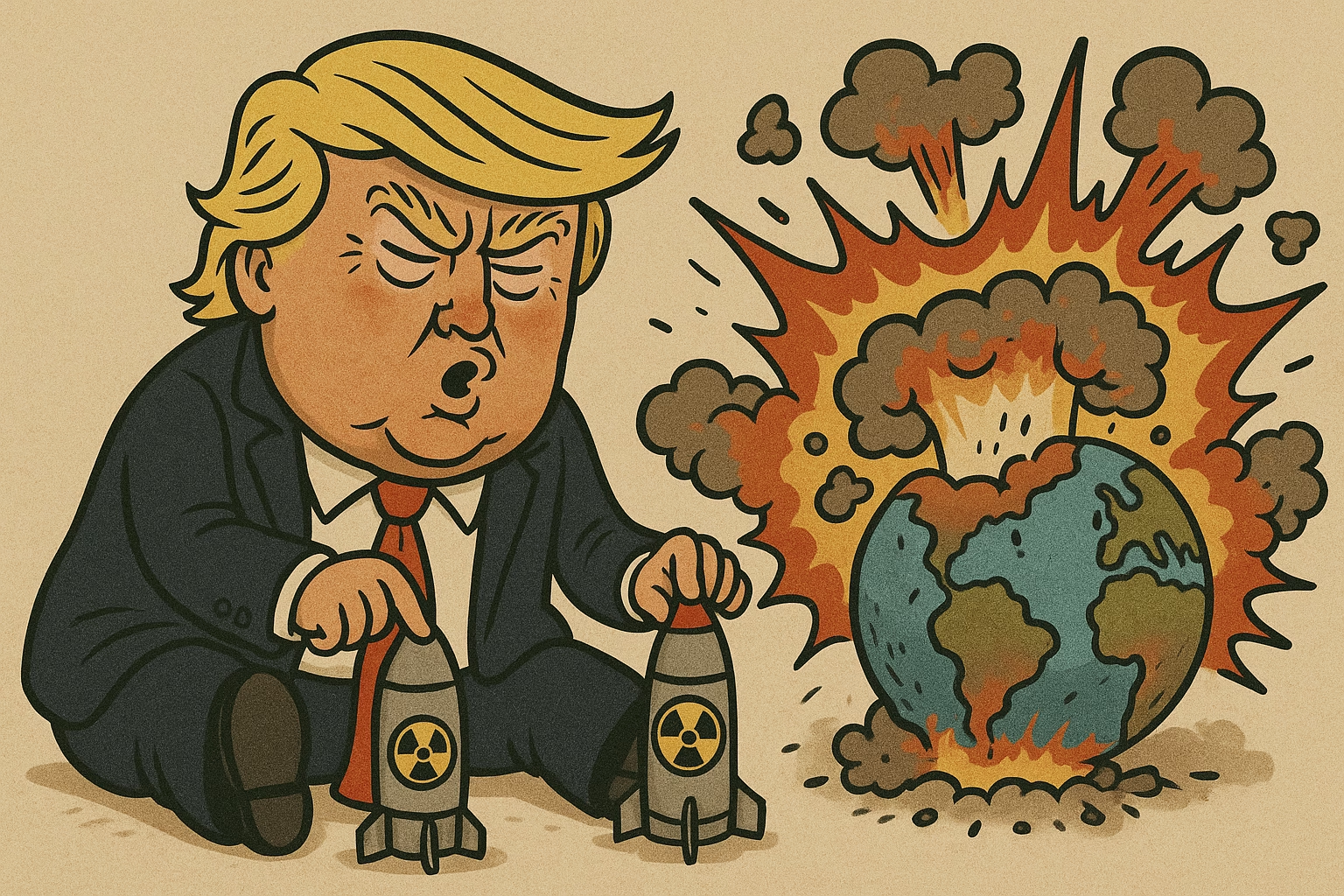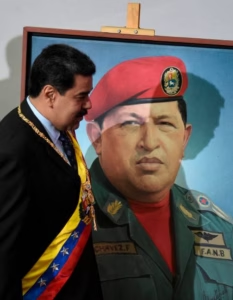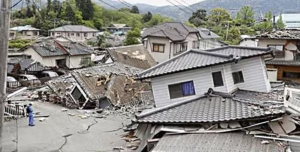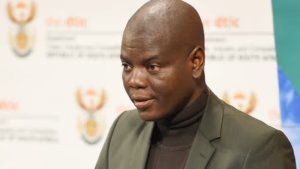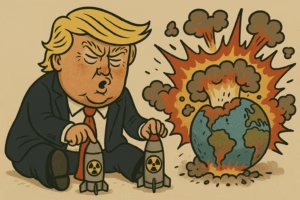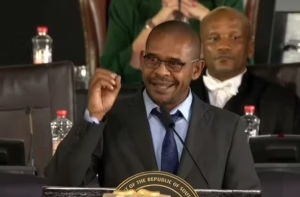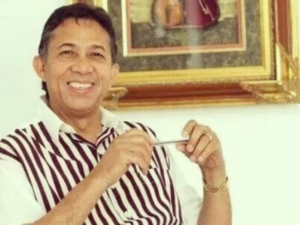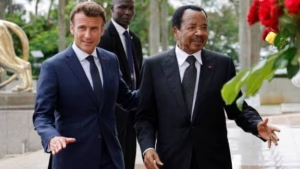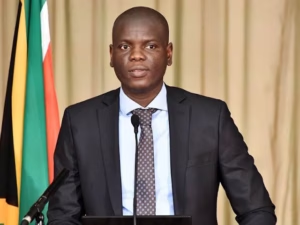The geopolitical landscape took a dramatic turn as United States President Donald Trump announced that the Pentagon will resume nuclear weapons testing, reviving a practice dormant since 1992. The decision, which he said stems from “strategic competition” with Russia and China, underscores rising tensions among the world’s major powers and signals a potential shift in global arms control stability.
Trump made the declaration ahead of his scheduled meeting with Chinese President Xi Jinping in Busan, South Korea, describing the move as necessary to maintain America’s dominance in nuclear capability.
“The United States has more Nuclear Weapons than any other country. This was accomplished, including a complete update and renovation of existing weapons, during my First Term in office. Because of the tremendous destructive power, I HATED to do it, but had no choice!”
he wrote on his Truth Social platform.
In a follow-up statement, Trump suggested that his administration could not allow other nations to expand their testing programmes without an equivalent response.
“Russia is second, and China is a distant third, but will be even within 5 years. Because of other countries testing programs, I have instructed the Department of War to start testing our Nuclear Weapons on an equal basis. That process will begin immediately,”
he added.
The United States halted nuclear weapons testing in 1992 following a moratorium mandated by Congress, effectively freezing the development of new nuclear devices and promoting international non-proliferation efforts. Discussions about ending that moratorium surfaced during Trump’s first term when Washington accused both Moscow and Beijing of conducting secret underground low-yield nuclear tests, allegations which Russia and China firmly denied.
Defence analysts warn that reviving nuclear testing could erode decades of restraint and unravel arms control agreements that have long stabilised global security frameworks. Critics argue that the move risks igniting a new arms race reminiscent of the Cold War era.
Recent figures from the Stockholm International Peace Research Institute (SIPRI) illustrate the narrow balance of nuclear capabilities among the major powers. The United States currently possesses an estimated 5,177 nuclear warheads, while Russia maintains around 5,459. China, though trailing behind, is expected to reach approximately 1,500 warheads by 2035.
These numbers reveal a continuing escalation in stockpiles, heightening international anxiety over potential confrontations or miscalculations in regions of strategic competition such as the Indo-Pacific and Eastern Europe.
The United States has already been engaged in routine demonstrations of its nuclear readiness. In February, it test-fired an unarmed, nuclear-capable Minuteman III intercontinental ballistic missile, followed in September by the launch of four Trident II missiles from a submarine in the Pacific.
Russia, meanwhile, has showcased its own capabilities. Earlier this month, Moscow announced a successful test of the Burevestnik cruise missile, a weapon reportedly powered by a small nuclear reactor that grants it virtually unlimited range. Such tests have deepened concerns about renewed competition among nuclear powers and the erosion of global security norms.
Trump’s decision marks a policy reversal that could reshape the nuclear order established over the past three decades. While his supporters argue that the move ensures American deterrence and technological parity, others warn it may provoke an arms escalation spiral. The world now watches closely as Washington, Moscow, and Beijing recalibrate their strategies in an increasingly volatile nuclear landscape.
Resuming nuclear weapons testing could easily trigger a new global arms race, primarily because it disrupts the delicate balance of deterrence and restraint that has existed since the early 1990s. When one nuclear power resumes testing, others often feel compelled to respond in kind — not out of aggression, but out of fear of strategic disadvantage. Below is a breakdown of how this decision could escalate into a cycle that risks wider military confrontation, even the possibility of world war.

